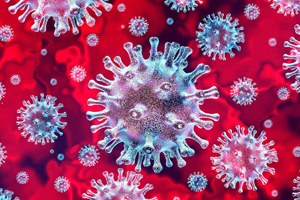Friday January 1, 2021 | LANGFORD, BC
by Mary P Brooke, B.Sc., editor | Island Social Trends
How long has it been that we’ve all hoped to start typing 2021 in the date! We’re all finally here, beyond the extraordinary, unprecedented and difficult year that 2020 will forever be in the history of this world.
As a global community — and right down to the local community, and further into households — we have shared the experience of battling an unseen enemy. A simple virus is a very small thing that invades in a very big way — with the only identifiable purpose being to reproduce itself by invasion, to survive.
That’s a simple mission, but in 2020 was achieved with gargantuan dominance. Humanity is humbled by the simple virus. Mother nature allowed for viral mutation (and the emergence of novel forms as we’ve seen with SARS-CoV-2, aka COVID-19), but human hubris opened the door (we kept pushing the limits of the natural environment).
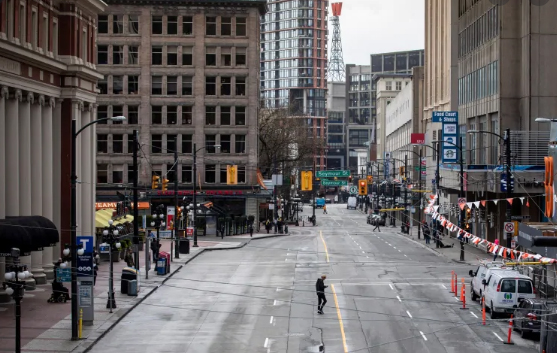
The COVID-19 virus achieves its goal of replication without discrimination, without mercy. And while that seems bull-headed and simplistic enough to seem like something that could be contained, the virus has also succeeded in throwing curve balls such as the recent B.1.1.7 mutation (aka UK-variant) with the capability of infecting human cells with even greater success. And so we roll into something of a new phase of this pandemic.
Pandemic consciousness:
Societies, families, individuals and economies around the world have been experiencing this as the worst pandemic of the last 100 years. Few people are alive today who experienced the world-altering 1918-1919 Spanish Flu pandemic firsthand, though tales of it linger in some families as well as being documented in history books and the annals of public health academia.

Even before our current experience with COVID-19, the word ‘pandemic’ itself somehow has always instilled an ominous feeling.
But despite SARS (2002-2003), H1N1 (2009-2010), MERS (2012), Ebola (1976; 2014-2016, 2018-2019), the full-impact of a infectious pandemic never really seemed like something that would happen broadly in modern North America.
Even the public health profession in Canada — which experienced SARS and H1N1 up close — was unable to impress upon governments enough to be truly ready for a full-scale pandemic like COVID. In the years leading up to the COVID-19 even Canada’s Global Public Health Intelligence Network (GPHIN) was nearly fully dismantled over the course of a few government cycles.
Behavioural impacts:
As a result of the COVID-19 experience, for decades to come people will now likely pay more attention to maintaining the various health measures that have helped sustain good physical health for many people in 2020. That includes frequent and diligent hand washing, following proper sneeze/cough etiquette, staying home if ill, and keeping a reasonable physical distance especially in poorly ventilated indoor spaces.
It’s possible that the handshake as a form of interpersonal greeting has become a thing of the past. Or wearing gloves in all seasons might become commonplace.
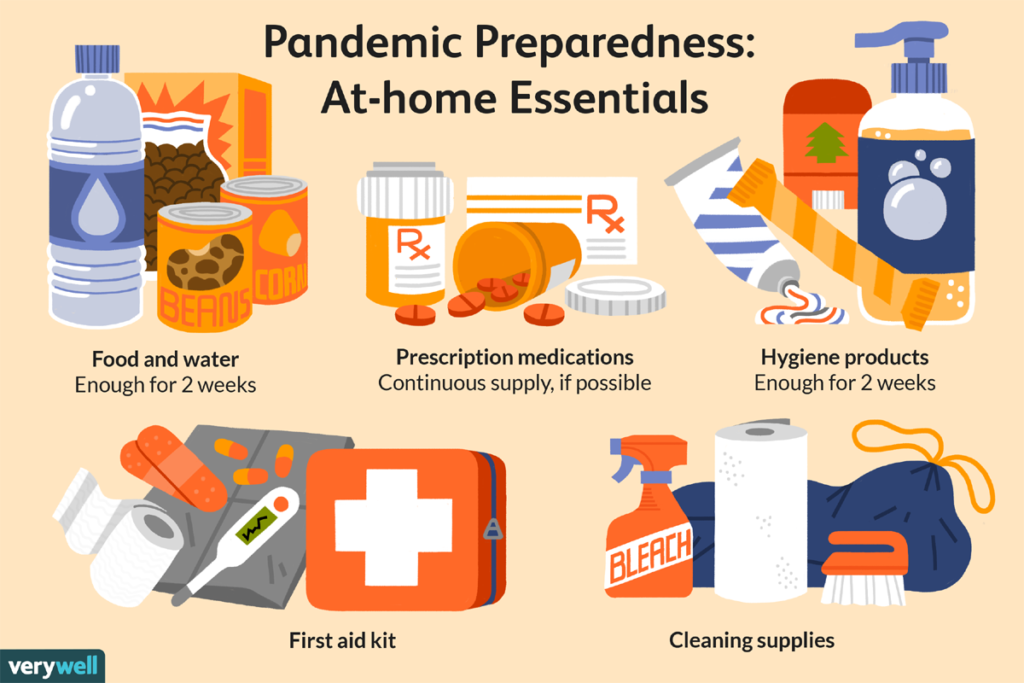
As for the mental health of individuals and their collective contacts (families and communities), that’s a realm where impacts have probably only begun to unfold as a result of the COVID-19 pandemic.
Social and economic impacts:
Reviewing 2020 of course includes taking a look at the many important changes that have happened to people’s health, communities, and the economy.
There has been an overlay of social crisis on many levels with impacts upon or within various cultural sectors, in addition to the underlying stress that has seeped into everyday living during a pandemic.
Economic recovery has only yet begun to stir, and will likely go through various forms and cycles over the next several years.
Governments were put to the test of responsiveness as COVID-19 began scouring all things in 2020. Was social and economic support timely? Was it appropriate — enough, too little or too much?
All governments created a programs, policies and guidelines on the fly in 2020 in response to the pandemic. Even to the degree that there was some or any pre-planning for a pandemic, the severity and speed with which the COVID-19 pandemic took hold of Canada and the world last year necessitated immediate responses on a massive scale. Programs that might have ‘normally’ taken years to develop were created and delivered in a matter of weeks, with adaptations of some things in just a few short days.
What is normal anymore? Do we know what the ‘new normal’ will look like when we see it?
Government response:
Federally-speaking, the minority government that voters chose in the later fall season of 2019 served Canadians well as COVID hit in early 2020. The Prime Minister, his office and cabinet faced the pandemic head-on (with a bit of a delayed start than we now know was possible or reasonable given the information that was coming out of China and the World Health Organization).
“Having Canadians’ backs” was a phrase oft-repeated by Prime Minister Justin Trudeau in 2020, a Liberal political temperament that might not have rung true or been fulfilled in the same way had a Conservative government been at the helm.
And where the true power of minority politics bore fruit was in the federal NDP pressing hard for the best possible deal for Canadians, each step of the way. The Liberals had good intentions but it was the NDP under the leadership of the socially analytical Jagmeet Singh that made sure those intentions were translated into action at levels that were appropriate (e.g. ensuring that the Canadian Emergency Response Benefit met the needed threshold at $2,000 per month).
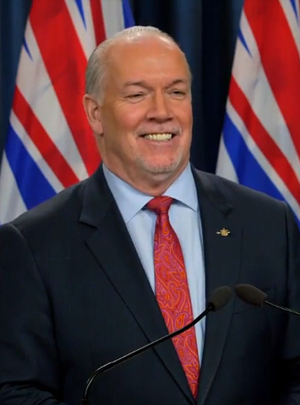
British Columbia’s government stood out among provincial governments for thoughtful add-on or complementary economic supports in a proactive and timely manner. In particular, BC Premier John Horgan took leadership on the federal stage (such as coordinating various alignments among premiers and dealing directly with the federal level on ‘right choices’ with regard to things like border closures and paid sick leave if people had to stay home due to COVID illness. Horgan also played his cards right for the benefit of British Columbians in terms of the balance he has taken between leadership by public health and leadership by government policy.
Mayors of cities and towns have found themselves faced with how to manage the impacts of the pandemic, from determining to what degree they would further enforce provincial public health officer (PHO) orders to guiding financial decisions as coffers dwindled from impacted tax-revenues and other revenues sources that back-ended by things like casino and lottery revenues which have suffered during the pandemic. Decisions around infrastructure development will be impacted, possibly for years. Staffing and employment conditions will have changed.
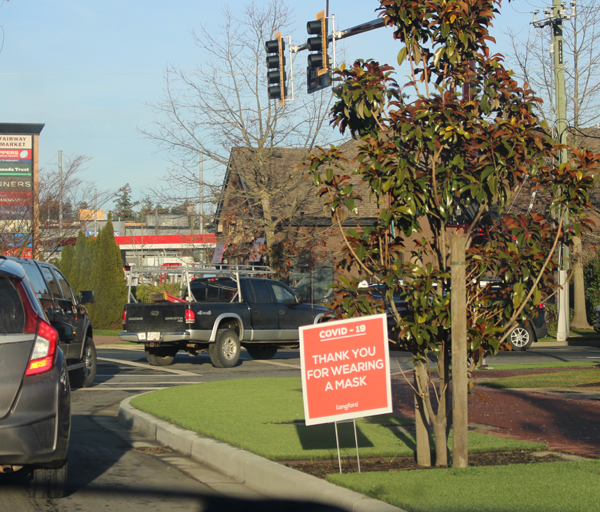
Coping with the COVID reality:
In BC we continue under a State of Emergency. That might not be something we think about daily, but it’s there under the surface as citizens process the many sudden shifts and changes in which can or cannot be done in response to the pandemic.
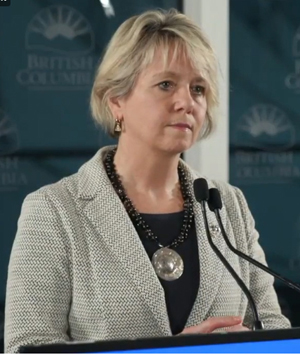
A myriad of public health officer’s orders are put into place and amended, some on short notice.
Under these conditions, on any given day the energy one expends on just getting through the day is siphoned off to some degree.
While people have adapted to ‘everyday living’ during COVID, there is nothing normal about continuing to deal with a global pandemic on the local and personal level. Whether by actions in the moment or decisions taken for activities, we are impacted as individuals, families, neighbourhoods, and communities including impacts on businesses and people’s livelihoods.
Science-led messaging to an educated public:
Science in general and public health specifically rose to new acclaim in 2020. Public health officials delivering their case counts and recommendations are now part of the daily news stream, some of them with the equivalent of rock star status — most notably BC’s own PHO Dr Bonnie Henry. People in BC take particular note of her leadership because in many ways her approach goes beyond science toward impacting how we think about our choices as we live our daily lives.
The success of delivering the science-based public health message is in large part due to there having an educated population. This is a huge testament to the power of public education; an educated populace can hear, understand and process the implications of public health messaging. These social conditions made possible by public education alone saved lives in 2020.
An attentive and educated population will continue to support the success of communities and governments in dealing with the pandemic in 2021 and until the crisis is fully under control. Beyond the crisis will begin another cycle of social and economic rebuilding that will also depend on an intellectually-responsive citizenry.
Schools in BC fared well overall in 2020, in terms of continued ability to function. Called a “controlled environment” from a public health perspective, classrooms became almost a haven for children in the last few months of 2020 as well as a boon for families who were overburdened in many cases with managing remote learning of children at home as well as dealing with impacts on the employment situations for parents.
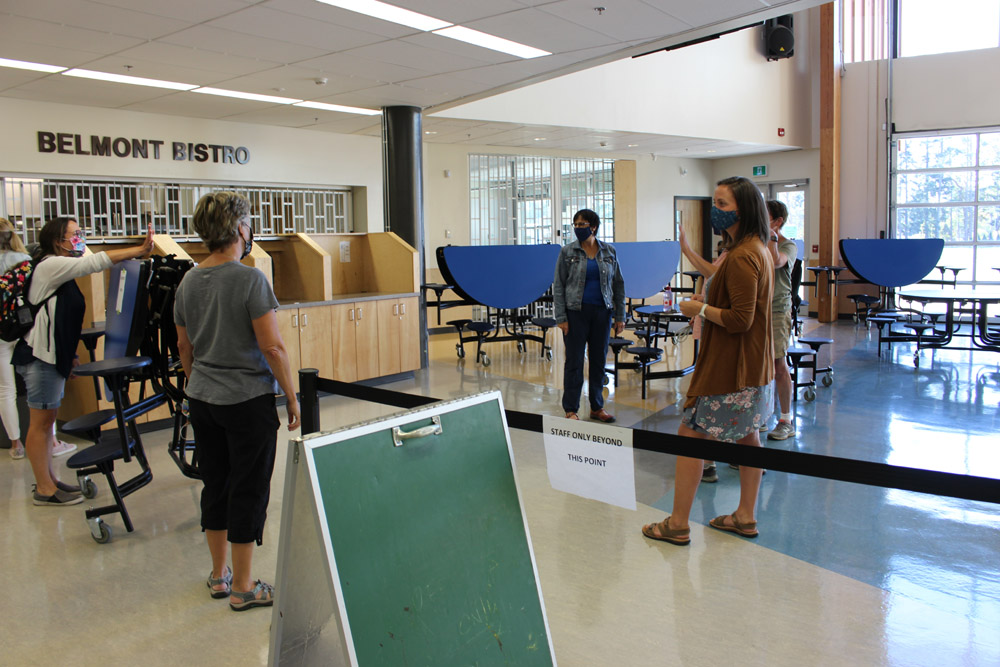
The role of school districts became more evident to some for how its interface with families and the community translated into successes in fulfilling an education mandate during the pandemic.
Some teachers may have experienced a wake up call as to being an essential service; educators rose to the task but in many ways understandably still feel uneasy on the frontlines of the continuing pandemic as every school day they could be vectors of the virus back to their families at home.
Front line worker impacts:
Similarly, workers in broader essential services — including retail and importantly in the food supply sector including trucking — have found themselves to be like soldiers on the front line of an active war. Likely most were in no position to quit their jobs.
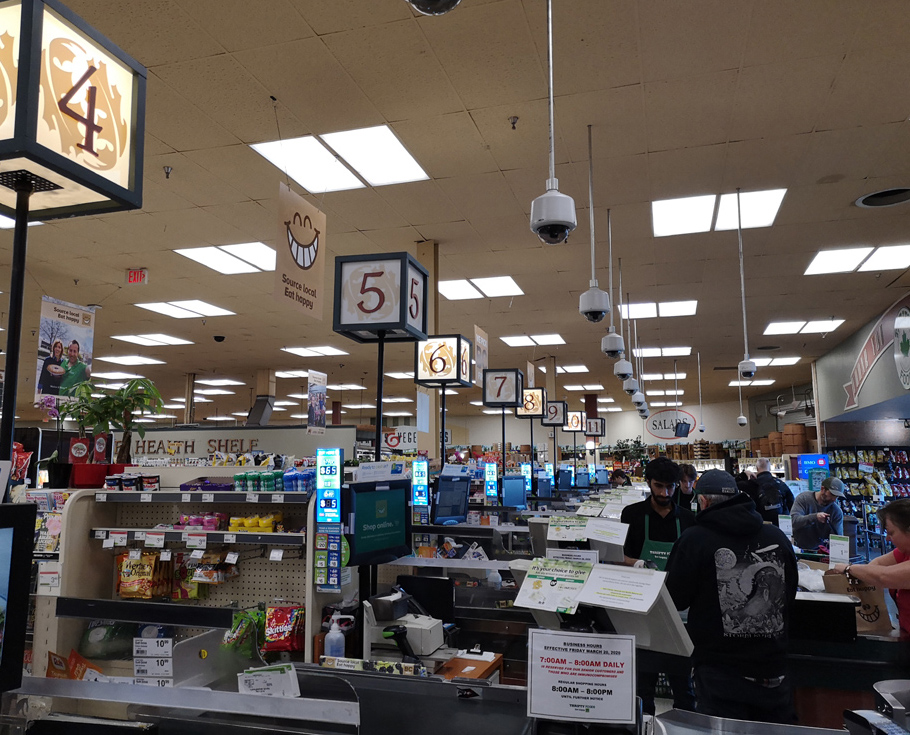
People need groceries and pharmacy services, and still sought out the social support network that restaurants, recreation services, and community services provide. Workers in those sectors had unwittingly signed up for more than anyone would have bargained for.
The most obvious front line is that of health-care. In long-term care homes the impact was hard-hitting; with care personnel often working at more than one home location (almost always due to low wages), the spread of COVID was facilitated. Infections in long-term care and assisted living facilities have impacted staff and residents throughout the pandemic.
In BC, early on there was a quick and insightful response under the leadership of Health Minister Adrian Dix to impose a single-site worker arrangement — just one of the many government actions that most would deem necessary but which also comes with a continuing price tag if as a society we aim to support the elderly who need to or choose to reside in long-term care (choices about family structure are part of this framework).
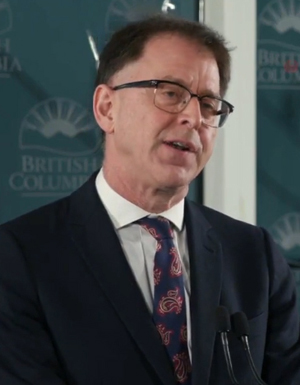
Maintaining the health-care system:
The duration of the pandemic is showing in the wear and tear on front line health-care workers, in long-term care and acute care.
Not only is there the stress overhead of perpetual exposure to the threat of viral transmission, on top of that in BC there is the high-profile surgical renewal plan which places additional load for doctors, nurses and other personnel who facilitate a safe and functional hospital environment.
By December 2020 the BC Nurses Union was articulating about worker burnout and reduced ability to retain trained professionals.
As the pandemic grinds into a second year now in 2021, any additional attention to the long-haul impact on personnel in acute care will of course produce benefit toward delivery of high-quality patient care as well. Health-care staff are only human and if fatigued at this point that’s understandable; the pacing of health-care delivery (while being responsiveness to the urgency of COVID-19 management) will pay off in obvious and right ways.
The provinces are after the federal government for a more relevant distribution of funding to support health care (which is a provincial responsibility). For now, the federal government has set a tone of helping all Canadians during the pandemic, and has financially back-ended a number of health protection initiatives (like securing PPE and vaccines from sources around the world). The Canada Health Transfer debate began toward the end of 2020 and will rise again in 2021.
Financial impacts due to COVID:
Everyone in BC has been affected on a financial level as a result of the pandemic. Some individuals, families and businesses have fared alright or even well, depending on their employment or revenue source. Anyone who could work from home gained the added benefit of sidestepping direct exposure to the virus but also found themselves faced with other new realities like juggling child care with working and even having enough room to operate a home-based office or business in their pre-COVID housing situation.

Some sectors for which revenues rely on crowd-gathering have been hit hard (such as the team sports sector and concert industry).
Sectors that rely on smaller group sizes have been severely impacted but many have adapted, such as restaurants and retail stores now offering take-out, curbside pickup and online ordering.
Hair and nail salons which are based entirely on personal interaction have been successfully adapting with things like more structured appointment scheduling and careful use of face masks and physical distancing.
Sectors that rely on the freedom to move and travel have been hardest hit, including the airlines and cruise ship industry, local tourism attractions and services, and towns that rely primarily on tourism as the engine of their economy.
Facing the demands for societal change:
The range of eyeopening realizations about the opportunities and mores of our society and communities was startling in 2020. As Canadians and British Columbians we came to terms with the ways we have thought about, provided for or treated the elderly. We became faced with the realities of systemic racism, with the circumstances of both Black and Indigenous in particular coming to the fore. The often hidden realities of domestic violence reared up into the public face.
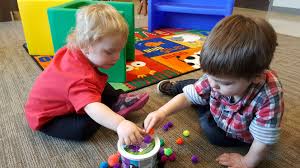
The absolute essential support function of child care services became so clearly evident in 2020 — for the well-being of families (particularly women who in many cases fell out of the active workforce during the pandemic). Businesses that rely on the availability of employees noticed the pinch when employees stayed home to care for children early-on the pandemic. The broader function of the entire worker-based economy is tied to child care availability — something that used to be considered exclusively within the real of social policy but now clearly also falls under good-sense economic policy.
Housing as the most basic of needs came under further scrutiny last year. The importance of in-home spaciousness and single-family living conditions on the one hand produced a surge in the sale of homes in 2020. On the other extreme, society saw homelessness at the raw other end of the spectrum. In the middle, there is possibly the re-examination of high-density housing developments as well as the economic conditions that necessitate the sharing of accommodation by multiple unrelated people (such as students and low-income workers).
Things we quickly got used to:
In 2020 people became quickly acclimatized to a closed Canada-US border, working from home, not shaking hands with people, carrying a few extra face masks when heading out of the house, giving people their space in retail settings, and defaulting to remote socializing with suddenly here-to-stay technologies like Zoom.
Things we woke up about:
Most people hadn’t really thought much about the food supply chain and how such a range of fresh foods in particular end up in local grocery stores.
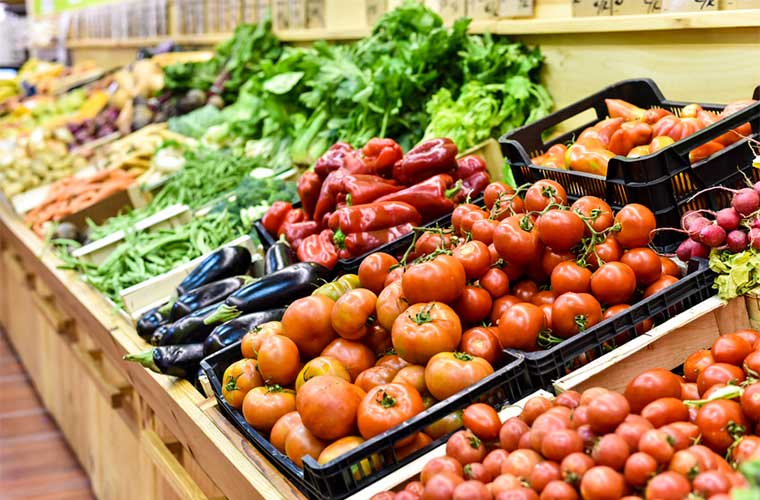
The threat to interruption of food-delivery trucking networks as well as the health impacts of poor living conditions for temporary farm workers were new realities for most Canadians to consider.
Food banks were already part of the Canadian socioeconomic landscape before COVID hit. But in 2020 — due to COVID economic impacts — the food banks became essential sources of food for more individuals and families who never saw that coming in their lifetime. This indicates further examination of the job market, pay rates, provision of a basic income, and the need for skill retraining for a new economy.
The danger of fatigue:
Sometime in the fall of 2020 there was a natural swing in the collective consciousness to restore some semblance of balance. Call it COVID-fatigue or just plain ‘had enough’, people chose to participate in social gatherings at Thanksgiving, Halloween and Remembrance Day (as evidenced in increased COVID-19 case numbers).

It is yet to be seen (though soon) if being fed up with restrictions played any role in breaking the public health orders about gatherings for Christmas and New Year’s Eve celebrations (people were to stick to household only). Results of the usual five to seven-day incubation period of the SARS-CoV-2 virus will soon be upon us. The next COVID update in BC will be on Tuesday January 4.
Remaining on alert:
Coming back to balance is still not really in the cards for 2021. The more contagious B.1.1.7 (UK-variant) virus is now here in BC and across Canada and could gain ground. Indeed, Dr Henry says “there is less room for error” in terms of adhering to public health measures like physical distancing, hand washing, and staying away from social gatherings.
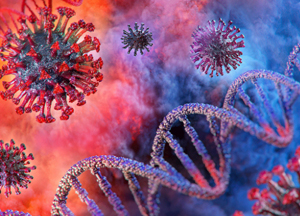
The BC State of Emergency continues.
All social and economic systems that were forced to adapt (by public health order or otherwise) are still in adapted mode (if not permanently changed).
Public education in K-12 schools and at post-secondary campuses still operates in pandemic mode (including remote components).
Social interaction is severely curtailed (personal, business and community).
Vaccines in 2021:
And while the only ray of sunshine in 2020 was the quite amazing development and availability of vaccines against COVID-19, even that is a slow-burn approach to balance. Rightly so (aligned with national ethical public health standards and some economic common sense), the vaccines are first being made available to front line health-care workers, long-term care residents and workers, elderly folks over age 80 (and then over age 70), and rural and remote communities (including Indigenous).
Realistically, it will be a good chunk if not most of 2021 until most of the rest of us are offered or have received any of the current or evolving range of COVID-19 vaccine products. By the time it comes anyone’s turn to receive the vaccine — that all-important shot in the arm, we will have lived many more months under the current pandemic restrictions and conditions.

That’s due to several factors. Different types of vaccines will have different levels of efficacy. We already know about the varying degrees of ease with which the COVID vaccines can be shipped, stored and delivered into arms (based on storage temperature requirements and the number of spacing of doses for each recipient). Training of immunization staff is part of the current rollout requirement (as mentioned by Dr Henry this past week), and the availability of trained staff will be a factor all through the year as part of keeping up with goal-oriented immunization programs.
Life and economics being what they are, there could be unforeseen challenges with vaccine production and supply chain reliability. There is also the continued public health education challenge, now with an overlay about vaccine products as to which product is suitable for whom, and when, as well as where and how the inoculations will be available.
And there will be the continued interface of political and public health challenges to keep various sectors of the population on board with public health compliance while all this unfolds.
Role of the news media during a pandemic:
Regardless of how much or how little each person now pays attention to the handling of the pandemic story by the professional news media, the distinctive almost singular role of the news media has not changed, and is worth examining.
The role of news media matters to society at any time. The professional news media industry’s job is to functionally deliver journalism within a democracy. Journalism is one of the few remaining processes by which a community may examine itself without reprisal; so long as readers, listeners or viewers have access to critical thought anew (their own and as offered through journalism), there is the potential for the full exercise of human rights.

As one of its most basic of functions, journalism delivers the facts and details of happenings, events and incidents in communities and nations by which an open-minded public readership may inform itself. This in itself serves society, as part of ‘writing history’ in the moment. Without the day to day, week to week, month to month, and decades-long tracking of details and trends, society would have no documented story about itself, no mirror for reflection.
Media has been recognized in recent weeks for its role in delivering information that people trust and rely upon, including remarks by BC Finance Minister Selina Robinson and Island Health Chief Medical Health Officer Dr Richard Stanwick.
Sure, we saw prominent politicians giving ample time to mainstream media for 2020 year-end features for the publicity value, but they also need those media platforms for the established reach into a range of audiences.
Yes, today we have the Internet and its data-bloated cloud that is exhaustively stored, tracked and correlated to varying useful degrees by search engines that are driven by the achievement of numbers for advertisers seeking clicks. Social media giants like Facebook have badly skewed the impact of mass media (a deeper discussion for another day).
But analysis of news by the human mind (with an overlay of ‘right fit’ by the heart and soul of individuals and society) — both in the context of the day, and later on in the context of trends and history — is why journalism does and should prevail even with the financial challenges to the business model of delivering news.
Media industry role in delivering journalism:
Digital data miners can provide us with details and statistical trends by which to perhaps draw conclusions that are meaningful and reliable. But it is the writers, editors, thinkers and historians (and also the poets and playwrights) who have not only the skills but also the responsibility to capture for humanity the flavour and meaning of living on this planet.

Journalists and their news agencies establish channels of access and pathways of trust with a range of sources. Society gives journalists this tacit permission to challenge people in power and our larger institutions for information and answers; in return society allows the consistently-informed professional journalist, columnist, editor or publisher the room to present an informed opinion. Upon that opinion the reader can bounce off their own ideas, for further discourse within their own thoughts.
Journalism serves to open thought and bring clarity to readers regarding the issues of the day. Details are therefore available for reference, over time. Understanding and realizations about a given event or issue in society can produce a sense of conclusion, even bring confirmation and peace. Understanding the broader story can also motivate individuals, groups or communities to further make examination or take action.
People might think that with access to any number of social media feeds that they have all the details or perspectives that they need. But without the work of professional journalists published by word-based news portals, TV stations and radio outlets, there would be a certain standard of excellence missing from the discourse.
Pandemic journalism:
During the ongoing COVID-19 pandemic in 2021, the role of journalism includes the responsibility to:
- help readers, viewers and listeners maintain a balanced perspective between public safety and human rights (e.g. as evidenced in the use of face masks);
- better understand the urgency of various matters as they evolve amidst COVID-fatigue (e.g. quickly grasping the magnitude of new variants of the virus or changes in public health orders); and
- fit new information into a relative framework of understanding and the function of daily lives (e.g. putting vaccination timelines into perspective).
Within all that is the basic role to track statistics and write daily reports (e.g. see the Island Social Trends COVID section), as a way to maintain the thread of policies, trends and current developments.
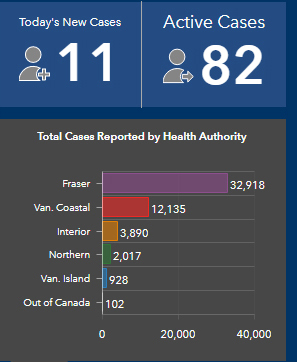
Part of that is achieved by interviewing key players in the pandemic story (elected officials, public health, health-care sector, business sector, community groups, schools and more) — to accomplish that requires staying on top of current developments and preparing questions that move the public-discourse forward with appropriate timing and proportion.
And there’s also the very basic aspect of consistent professional commitment, which matters a lot during a time of crisis. Where you or your social media group might choose to take a night off from commenting on recent developments or retweeting some links, professional media are continually processing the incoming news stream and providing context for a wide range of information consumers. Journalists build and maintain working relationships with key players in the development of a story or social, economic or political development.
A range of media outlets is important, for the public’s benefit. The astute news consumer cobbles together a set of journalism sources which can be adapted based on topic, timing or need.
Forward in 2021:
Here’s wishing good health, safety and economic stability to everyone in 2021. The success of getting through this pandemic is very clearly dependent on each one of us (and our businesses and communities) being part of a collaborative and cooperative solution.

===== About the writer:
Exploring the role of journalism within society — and in particular now in a culture that embraces social media — is a topic and theme that has been explored by editor Mary P Brooke on a regular basis through the various renditions of this morphing publication (MapleLine Magazine 2008-2010, Sooke Voice News 2011-2013, West Shore Voice News 2014-2020, and now Island Social Trends from mid-2020 into the future as both a news portal as well as a news-background podcast).

As society becomes increasingly comfortable with corporate-style management of government, public education, public health and most industry sectors, there is ever more need to maintain a free-thinking stance on the forces that shape our world.
Ms Brooke is a lifelong writer and entrepreneur who holds a B.Sc. in nutrition science with studies in sociology and community education, and a Certificate in Public Relations focusing on mass media and film.


